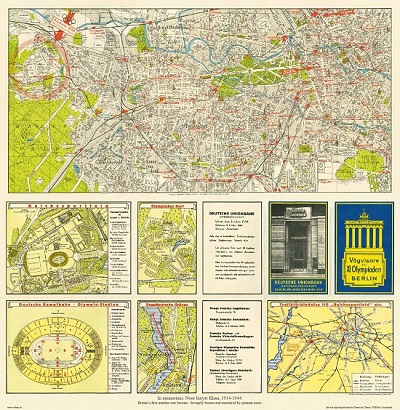1699-1777.
Jacob Faggot, skrevs med sina båda -troligtvis- äldre bröder vid 14 års ålder in vid Uppsala Universitet och började som informatör hos landshövdingen friherre Nils Reuterholm.
År 1724 erhöll Faggot auskultant i Bergskollegium. Från 1727 och framåt fanns han i Lantmäteriet. Då inte bara som lantmätare utan även t.ex. som lärare i geometri. Faggot var ledamot av kommissionen för justering av mått och vikt (1733 och 1739), och komissionen att överse och förbättra skogsordningar. Han var även engagerad i kartläggningen av Finland och ledde storskiftesverket i Finland och Skåne
Faggot fungerade som sekreterare för KVA 1741-1744 samt delar av 1757 och 1760. Emellertid kom Faggot tidigt på kant med KVA då han angrep latiniteten och försvarade svenska språket. Som en följd därav blev Faggot en av initiativtagarna till Svenska Tungomålsgillet (ST). Faggot ansökte om kunglig auktorisering av detta gille. Dock lyckades det ledningen för KVA att hindra detta och även förekomma gillet i samma ärende. Då ST tynade b...
ERATOSTHENES, (grek. Eratosthen'es),
Grekisk astronom (276-194 f.Kr.), född i Cyrene, av Ptolemaios III Euergetes kallad till bibliotekarie vid museet i Alexandria. E. utförde den första vetenskapliga bestämningen av jordens storlek. I Syene i Afrika kastade en gnomon vid sommarsolståndet icke någon skugga, då däremot vid samma tid solen i Alexandria var 7,2 grader (=360:50 grader) från zenit. Då avståndet mellan Syene och Alexandria enl. E. var 5.000 stadier, så följer, att jordens omkrets är = 50x5.000 = 250.000 stadier. Värdet på E:s stadie är ej säkert bekant, men följer man Plinius' uppgifter, är en stadie = 157,5 m, och i så afll blir alltså jordens omkrets = 39.375.000 m, nära överensstämmande med senare mätningar (40.000.000 m), en överensstämmelse, som dock kan betraktas som helt och hållet tillfällig.
Eratosthenes framställde även en världskarta.
Svensk uppslagsbok, 1948.
1568-1600.
Son of Gerard de Jode.
Engraver and publisher, scholar.
Bland arbeten.
World 1589
Gallia occidentalis 1592
4 continents ca 1595
Speculum Orbis Terrarum 1593
Belgium ca 1598
Tooley 1979
Vägvisare för XI Olympiaden i Berlin - 1936
Backglim, Silene nutans - Lindman, C. A. M, Bilder ur Nordens Flora 1917-26.



